There is an old English folk song called Polly Oliver. It tells of a young woman who dresses as a man to enlist as a soldier. She wants to follow her sweetheart into battle. She finds him injured and nurses him back to health.
Although probably not based on a true story, there is a long tradition of women passing themselves off as male soldiers.
The reasons for doing so vary. Some were motivated by the cause they were fighting for while others, like the fictional Polly, wanted to follow their husbands and lovers.
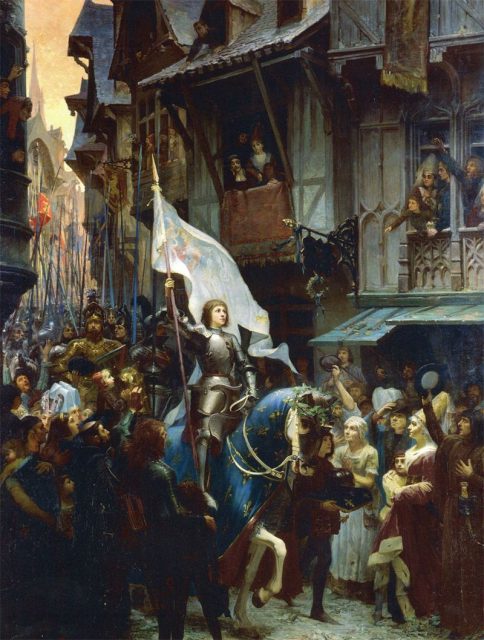
Not all stories end the same way as Polly’s does. Many were only discovered when they are killed and their bodies are taken away for burial
Early examples
The earliest recorded example is the story of Epipole who joined the Greek army disguised as a man. She took part in the Trojan War on the Greek side against Troy. She was soon discovered by the Greek warrior Palamedes, and as punishment was stoned to death.
Although Epipole is a mythological figure, her story may be based on a true or typical event. Some Greek legends, such as the Trojan war, are regarded as retellings of real historical events, heavily embroidered with myth and legend.
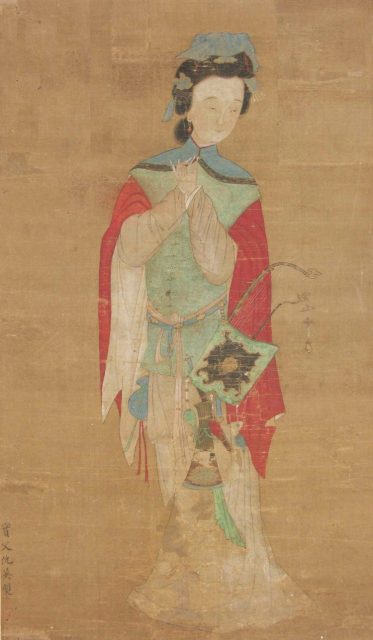
Similar mythology surrounds the story of Hua Mulan. Her story is probably based on a real person living sometime around the 4th Century in China.
At that time, all families had to send one male to join the Chinese army. Mulan’s brother was too young and her father too frail. Mulan disguised herself as a man and offered her services instead.
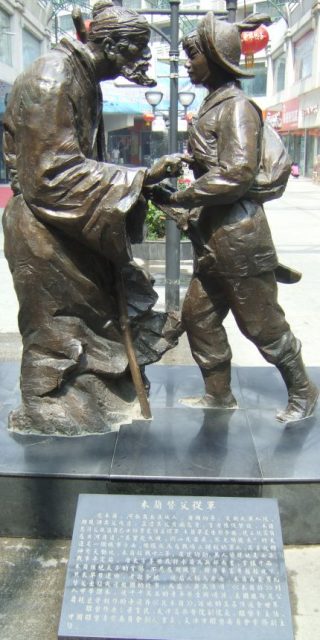
Fortunately, when discovered by the king’s daughter, she suffered no punishment and became the princess’ companion. The story has been the subject of several films including Jingle Ma’s action film Mulan – The Legendary Warrior (2009) as well as the earlier, well-known Disney version, Mulan (1995).
Medieval and Renaissance
During the medieval and Renaissance period in Europe, most women lived restricted lives. Taking on a male persona was one way to escape the inevitable choice between marriage or the nunnery.
Oronata Rondiani (1403 – 1452) was an exception. Unusually, she worked as a painter in Italy.
At the age of 20, after killing a courtier while defending herself from his unwanted advances, she dressed as a man and joined a mercenary army. Her military career continued until she died in battle in 1452 defending her hometown.
American Revolution
The first known example from America was Deborah Sampson. Born in Massachusetts in 1760 she enlisted as an infantry soldier during the American Revolution.
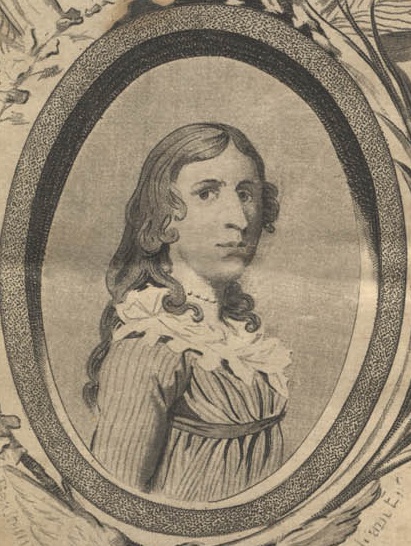
Her first attempt to serve was unsuccessful as she was recognized soon after joining. Her second attempt, under another different name, was more successful and she served for 18 months.
She was almost found out when she was injured and needed medical treatment. The doctor, however, did not reveal her secret and she received an honorary discharge later the same year.
Napoleonic Wars
The Napoleonic Wars seemed to appeal to woman, and there are quite a few examples from this period. Wives and families often came along as camp followers, so perhaps this made it easier for them to get involved in the fighting.
Jeanne Louise Antonini (1771—1861) was born in Corsica. She was orphaned at the age of 10 and joined the crew of a frigate posing as a boy.
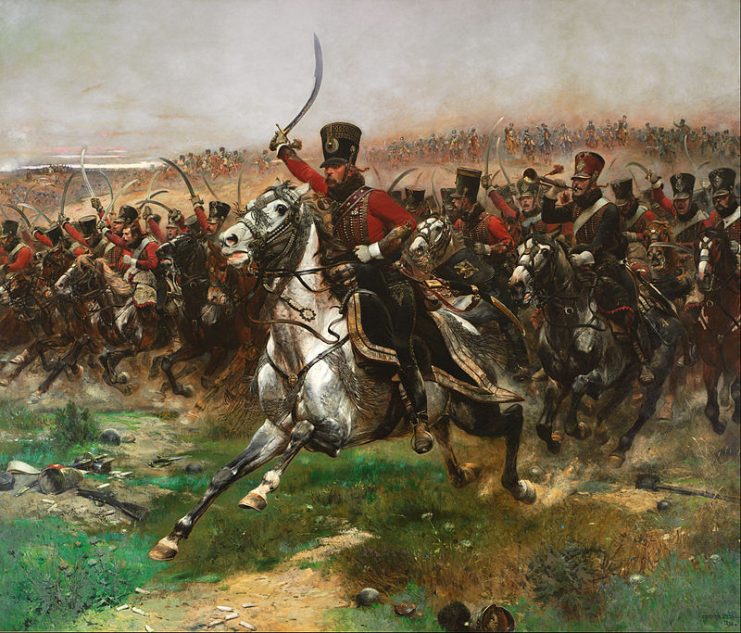
She kept up her disguise and had a varied military career before joining the French army and fighting in the Napoleonic Wars. She was wounded nine times but still managed to maintain the illusion she was a man.
Joanna Żubr (1770–1852) received the highest Polish military award for bravery – the Virtuti Militari — after following her husband into battle. Initially, she came along as a camp follower, but later she saw action after enlisting as a male soldier.
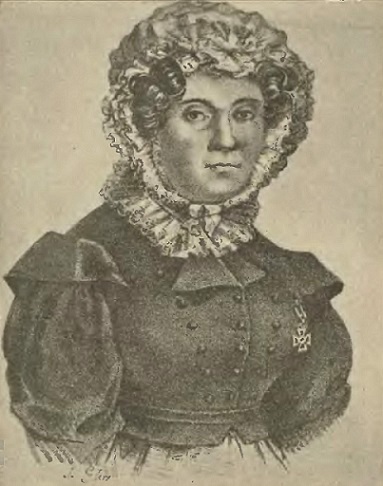
British Forces
Hannah Snell (1722-1793) from England went in search of her soldier husband. He had abandoned her when she became pregnant with their child.
The child died shortly after birth, so Snell borrowed her brother-in-law’s suit and enlisted under his name. After discovering that her husband had been executed for murder, she continued her military career.
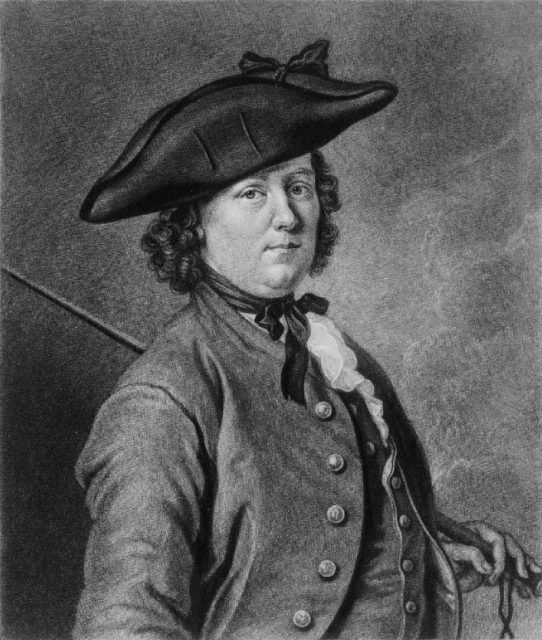
She eventually revealed her true identity but still managed to receive an honorary discharge and her pension. She made the most of her experience and sold her story to a publisher. She also became a popular music hall act, performing songs in military costume.
James Barry (c. 1792/5 –1865) was born in Ireland as Margaret Ann Bulkley. It is suspected that she assumed a male identity initially to study medicine at university. Women were not allowed to apply at that time.
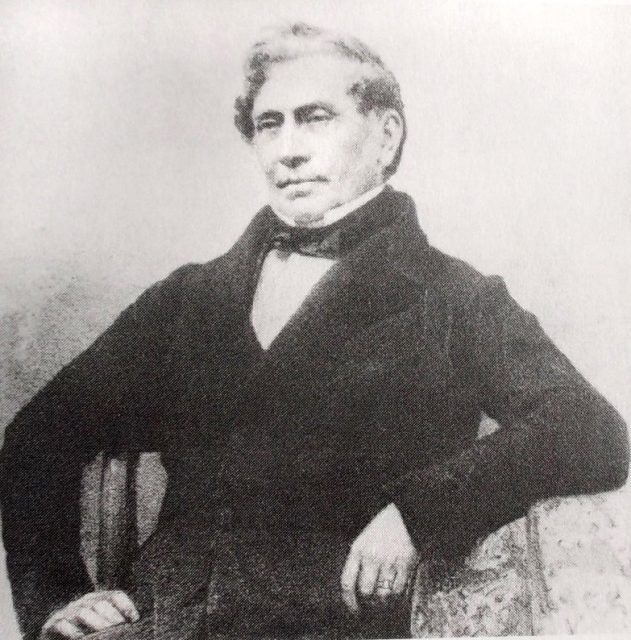
She was commissioned as a Hospital Assistant in the British Army on July 6, 1812, and went on to become a notable army surgeon.
Barry continued to live as a man, undiscovered throughout the rest of her life. The truth was only revealed after her death as her body was prepared for burial.
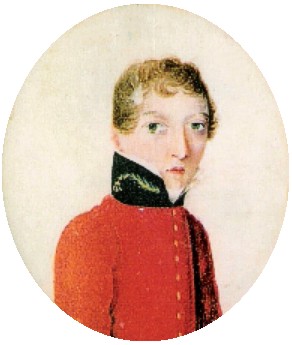
American Civil War
Frances Clayton (c. 1830 – after 1863) of Minnesota was an American woman who signed up to fight alongside her husband. She passed easily as a man not just because of her height and build but also because she was happy to join the men in smoking, swearing, gambling, and other unladylike behaviors.
When her husband was killed in battle, she stepped over his body and carried on fighting.
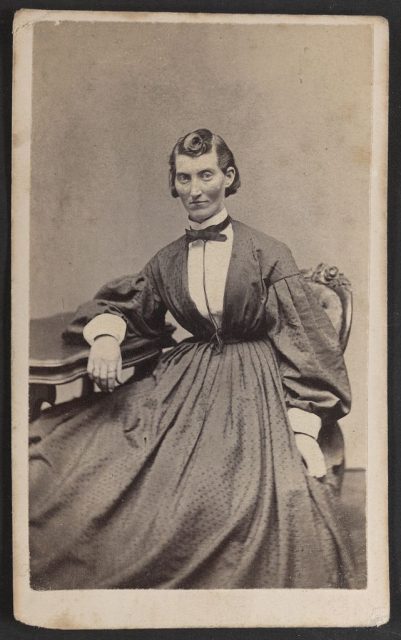
There are different reports of how her sex was revealed. Some say that she revealed it when she left the army. Others say that she was found out following an injury which required a medical examination.
Sarah Edmonds (1841–1898) was born in Canada and later moved to America. She dressed as a man to make travel easier as she was escaping an arranged marriage.
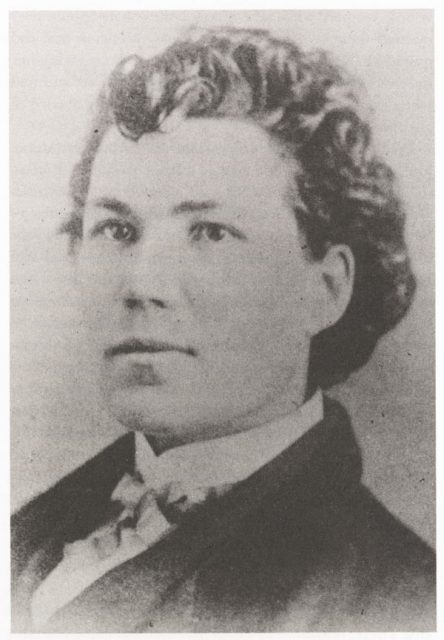
Inspired by a popular novel from the time called Fanny Campbell, the Female Pirate Captain, Edmonds remained as a man. She enlisted in Company F of the 2nd Michigan Infantry as Frank Thompson.
After many battles, she contracted malaria. Afraid that her identity would be revealed, she went to a private clinic instead of the military hospital.
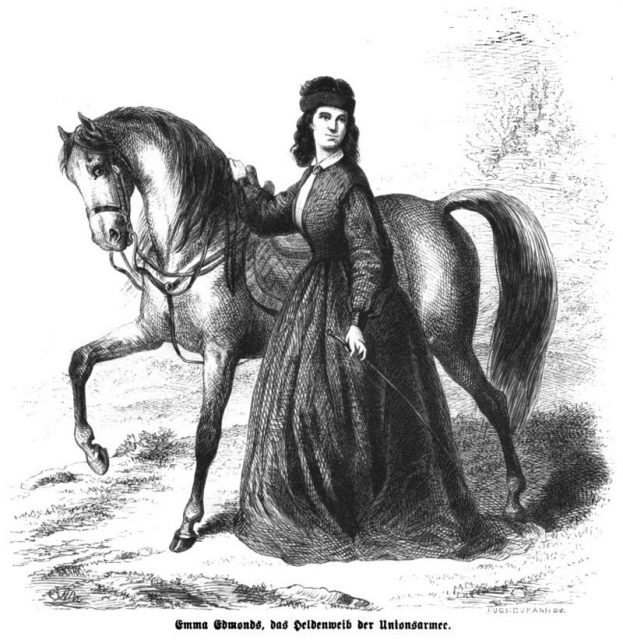
Unfortunately, when she recovered, she found that her male alter ego was wanted for desertion so could not return to duty. Instead, she wrote memoirs about her experiences and was inducted into the Michigan Women’s Hall of Fame in 1992.
https://youtu.be/dIVeiG8QXVo
WWI
Perhaps the most unusual example from the First World War is the story of 12 Russian schoolgirls who ran away together to join the army.
In July 1914, shortly after mobilization began, 12 friends aged between 14 and 16 walked out of their school, disguised themselves as men and enlisted. One of the group is known to have been killed, and others suffered injuries.

Their story was later told by member Zoya Smirnov who may have been the ringleader of the group.
Recent times
By the Second World War, physical checks were much more rigorous, and women could also serve in their own right.
Today, women can enlist as themselves without the need for disguises. While only a minority of them serve in combat roles, nevertheless women in the military play a vital role in defending our nations.
